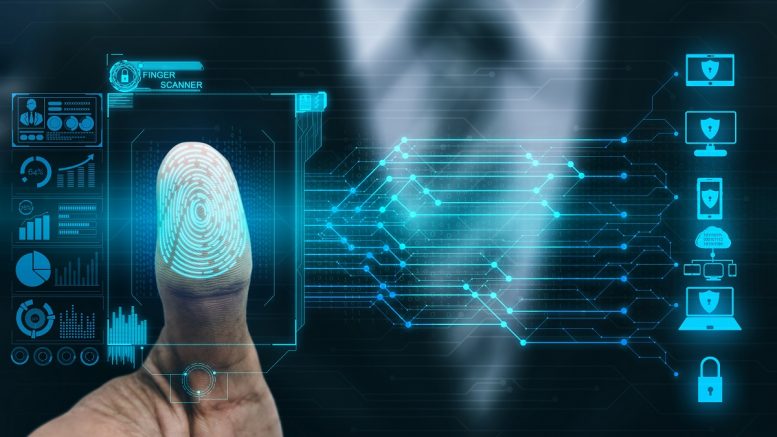A few years back, Christina Ann Marsh, PhD, a health policy researcher, made the correlation that telehealth was akin to a lady-in-waiting, i.e., noble in aspiration, but not a top digital transformation priority. As we look back at 2020, telehealth is no longer the proverbial lady-in-waiting. In fact, Telehealth has arrived and brought its very own playlist.
James – Born of Frustration
With the massive proliferation of mobile devices, it seemed that telehealth was ready for its close-up about a decade ago. However, for one reason or another, there were barriers (e.g., low provider reimbursement rates) and challenges, such as connectivity, security, and access. Prior to Covid-19, telehealth was impatiently waiting in the wings as mHealth apps — the younger, hipster sibling of telehealth — was having a moment.
Yet, something surprisingly was afoot that would alter the trajectory of telehealth. Globally, to lower the cost of care and improve the equity of care, countries and healthcare organizations were investing in infrastructure and developing digital health care strategies to improve patient safety, measure care effectiveness, and efficiency. So it is not surprising that more than half of all hospitals have implemented remote patient monitoring (RPM) capabilities and it is estimated that nearly 85% of providers use their mobile devices to improve health care delivery and outcomes.
David Bowie & Queen’s – Under Pressure
During Covid-19, many hospitals were facing a triple threat: a surge of Covid-19 cases; an unprecedent influx of healthcare workers, who had to have their personal devices provisioned to efficiently provide patient care; and the threat of ransomware attacks. Not even a best of class business continuity plan would have had enough contingencies for Covid-19. For many provider entities, the proverb: ‘If it ain’t broke, don’t fix it” exposed significant cyber security challenges, such as the inability to rapidly adapt access policies. In general, hospitals faced increased cyber security vulnerabilities during Covid-19 and when you couple that with the increased adoption of telehealth (e.g., potential compromised patient identities), it became clear that a perfect storm for a data breach could create additional challenges for organizations that had not invested in cyber solutions. Yet, entities that had invested in identity solutions would be able to navigate through the storm with less institutionalized trauma.
Rick Astley – Never Gonna Give You Up
In the report “Trends in the Use of Telehealth During the Emergence of the COVID-19 Pandemic — United States, January–March 2020,” it is estimated that telehealth visits increased by 154% compared to the same time period in 2019. Additionally, 93% of telehealth encounters during the reporting period were for health care services and conditions that were unrelated to Covid-19. In general, patients and providers have been receptive to utilizing telehealth for care delivery. Now that patients and providers have become conversant in telehealth, it is rather unlikely they will want to give it up. As telehealth continues to drive continuity of care for 2020 and beyond, identity security is going to be an essential security tool for payers as well as providers. Therefore, health care organizations need to redouble their identity security efforts so they can easily answer: Who has access to what?; Should they have access?; and How are they using their access?
Article by Alison Nicole Haughton, SailPoint





